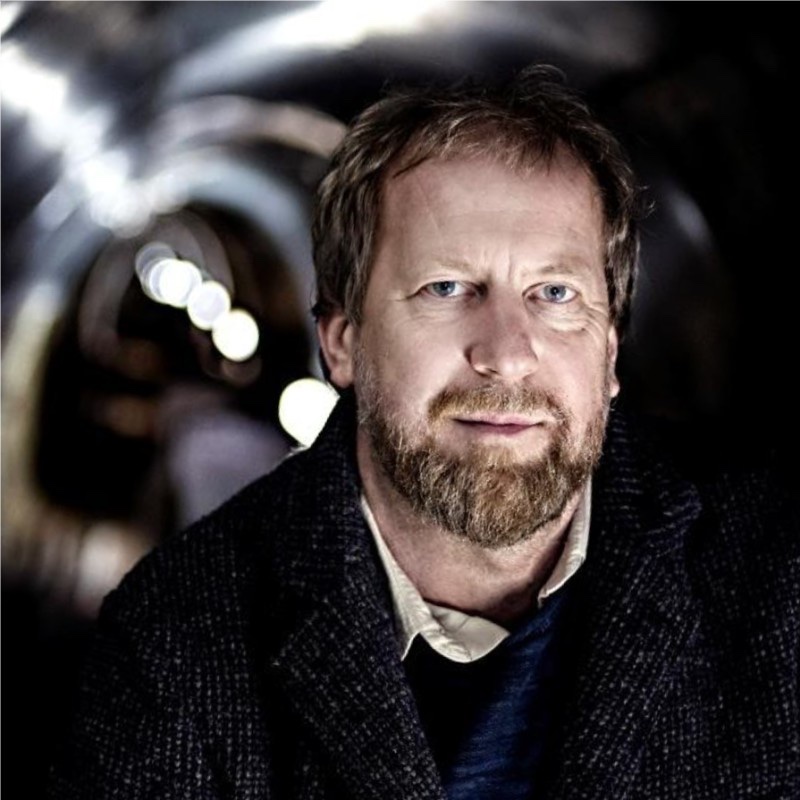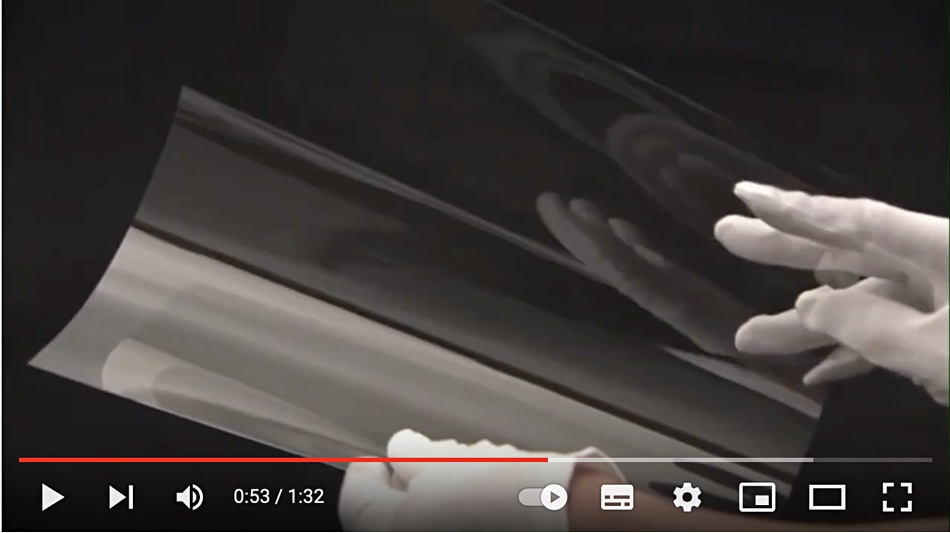Austrian biz Cerabyte claims to have technology that can store data forever and consume no energy. The company says it will be implemented on undefined data carriers and be used in a new cold storage tier for datacenters that Cerabyte will implement “before 2030.” The company is now building a prototype datacenter device.
As for the prototype, it is being made with the help of Sony, according to a Datacenter Dynamics article.
In a video Cerabyte claims it makes digital data as durable as clay tablet hieroglyphs and its technology’s impact “will render dozens of coal power plants obsolete.”
The technology is based on that used in the Memory of Mankind which stores information on ceramic tablets. These are kept in an archive 2km deep inside a salt mine beneath the Plassen mountain in Hallstatt, Austria, claims the company. MOM says the ceramic tablet-based information will last for “hundreds of thousands of years.”
Pictorial information is a print with special ceramic colour-stains, similar to a conventional colour-laser-printer. Ceramic microfilm is used for texts and mono-coloured graphics.

MOM founder Martin Kunze put out a LinkedIn post saying: “What started as the artistic project Memory of Mankind is now becoming a solution to preserve humanity’s digital heritage.” He added a link to a Cerabyte video with the question: “What if digital data would be as durable as hieroglyphs?”
We watched this along with a previous Cerabyte video to find out what’s going on. There is visibility through these videos of a technology that wouldn’t be revealed in the same way by a Silicon Valley or Israeli storage startup.

Cerabyte’s group of cofounders includes Martin Kunze, Chief Market Officer and MOM founder. There are seven listed staff on LinkedIn.
Cerabyte technology
Cerabyte appears to have been derived from MOM to store digital data encoded into ceramic (silicate) media. This media is said to withstand temperatures up to 1,200°C, water immersion, corrosion and electro-magnetic pulses.

A video says it is “based on a material with a proof of concept of 5,000 years” – thin ceramic (silicate) sheets with a dark ceramic layer. The video claims: “We use high-tech glass foil with a thin dark ceramic coating and thousands of femoto-second laser beams to write structures at nanometer scale to create the most durable data carriers ever.” Such lasers can vaporize the surface of metals and glass, leaving marks that can be read, also by laser. The structures are called microscopic data matrices and they are punched into the ceramic layer by the laser. The method of data encoding is not revealed.
The idea of “thousands of femto-second laser beams” in the commentary doesn’t seem right; we reckon thousands of laser pulses are what is meant.
If the Sony partnership is accurate it might be relevant that Sony Digital Audio Disk has an optical disk plant in Austria – although it is not known if the prototype is an optical device.
This Cerabyte/Sony device should have, we are told, read and write speeds which reach 10GB/sec and a data density exceeding that of disk drives. This speed claim is impressive, not to say incredible.
For comparison a base Blu-ray disk operates at 4.5MBps while a 16x drive speed version can operate at 72MBps. The 10GBps IO speed is faster than PCIe gen 4 SSDs (c 6GBps read and 2GBps write) but not as fast as PCIe gen 5 SSDs (c 12GBps read and and write). Exactly how a Cerabyte device could operate at 10GBps is not known, but if a cartridge or platter is read with a single laser beam then such a speed would be hard to envisage.
The disk drive density comparison implies something greater than 1,000Mbits/inch squared areal density. That seems feasible, as a single-layer Blue-ray disk has a 12,500Mbits/inch squared density.
Archive claim
One Cerabyte video declares: “Data is kept for decades. Due to a lack of alternatives HDDs and SSDs are used for long-term data storage.” This is not the case, as tape is the preferred choice for long term, archival data storage, with a small subset on optical disk, and a microscopic subset on odd, very long-term storage devices such as Piql cartridges in a Svalbard coal mine.
Cerabyte’s video also says 70 percent of data stored in datacenters is rarely or never accessed, claiming its technology’s impact on this data’s storage “will render dozens of coal power plants obsolete” – 65 coal power plants by 2030, according to Kunze. This appears to depend on most of that 70 percent being moved to Cerabyte’s storage technology so seems like a grand marketing claim.
Summation
We think that Cerabyte’s technology is a long way from being proven. It’s all very well saying that the ceramic media can last for millennia and withstand fire, flood and EMP assault, but that media has to be carried on something. If the carrier is a glass disk, then it won’t withstand 1,200°C; ordinary glass melts at 550°C, and steel melts at 1,200°C – 1,300°C as does aluminum.
We asked Cerabyte about the points above and CMO Martin Kunze told us: “We look forward to answering your questions in a video call in the coming weeks. We appreciate your understanding that we are not yet disclosing technical details about the technology but be assured that all figures are correct and incorporated in our product roadmap.”








